Common Handloading Mistakes
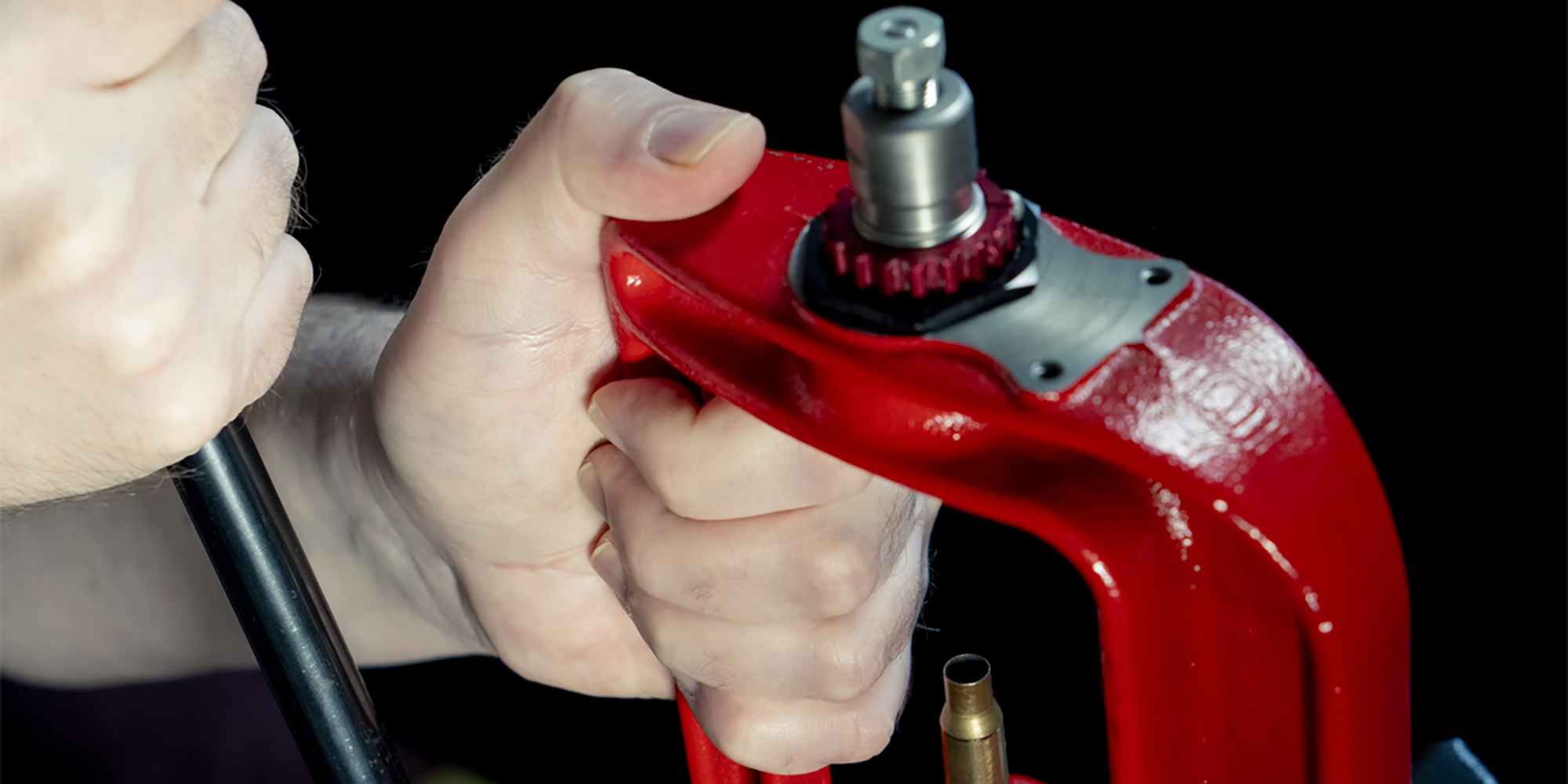
Handloading is an exacting process that requires that everything is done in a strict, procedural manner. It is to be expected that novice handloaders will make some mistakes along the way, some of which may be more costly than others. Despite the oft-repeated saying that experience is the finest teacher you can have, there’s no reason to make mistakes that can be easily avoided. After all, why not learn from the mistakes of other handloaders? Given that some errors in handloading can produce very dangerous results, it’s best to avoid these wherever possible. By recognizing and forgoing the following bad practices, your handloads will be more precise, effective, and consistent.
Skipping Starting Load Recommendations
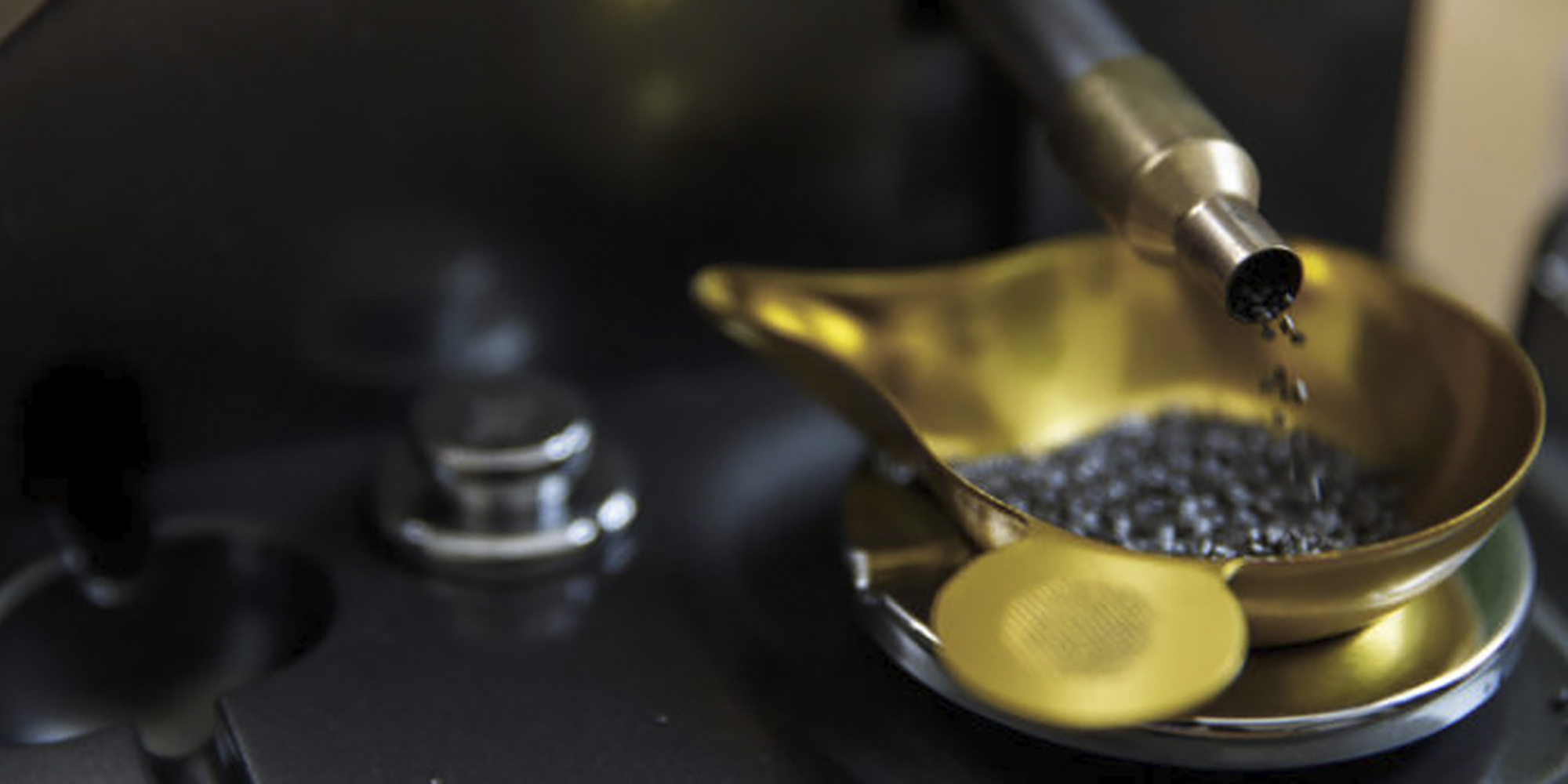
This is more common than you may think. Bullet and powder manufacturers pour a lot of resources into producing their technical load manuals, and for good reason. These manuals should be considered the authority on safely reloading ammunition. In your chosen manual, you’ll find a starting and maximum load for each powder listed. Typically, you can expect starting loads to be about 10% smaller than the maximum load.
Don’t skip right to the maximum load. Minimum loads are included because different guns are produced with different tolerances. The chamber, throat, brass, and/or barrel that the manual used to test may not be the same as your own firearm. Altering one or more of these variables can often cause chamber pressure to rise significantly. Depending on how far off your load is from the starting load suggestion, the cartridge may get stuck in the chamber. It could also cause permanent damage to your firearm. Given this, it’s critical to always start with the suggested load minimum.
Unreliable Load Data
Could you save $40 by pulling load data from the internet? Yes. Could you also risk permanent damage to your firearm and your body? Definitely. Internet forums and online repositories for load data should be looked at with extreme skepticism, unless the data is found on the official website of a reputable firearms brand. Although there are experienced handloaders on the internet, it’s impossible to know the accuracy of their information. It may contain typos, incorrect measurements, or just outright false information. Only use load data from trusted, verified, and reputable sources.
Incorrectly Resizing the Case
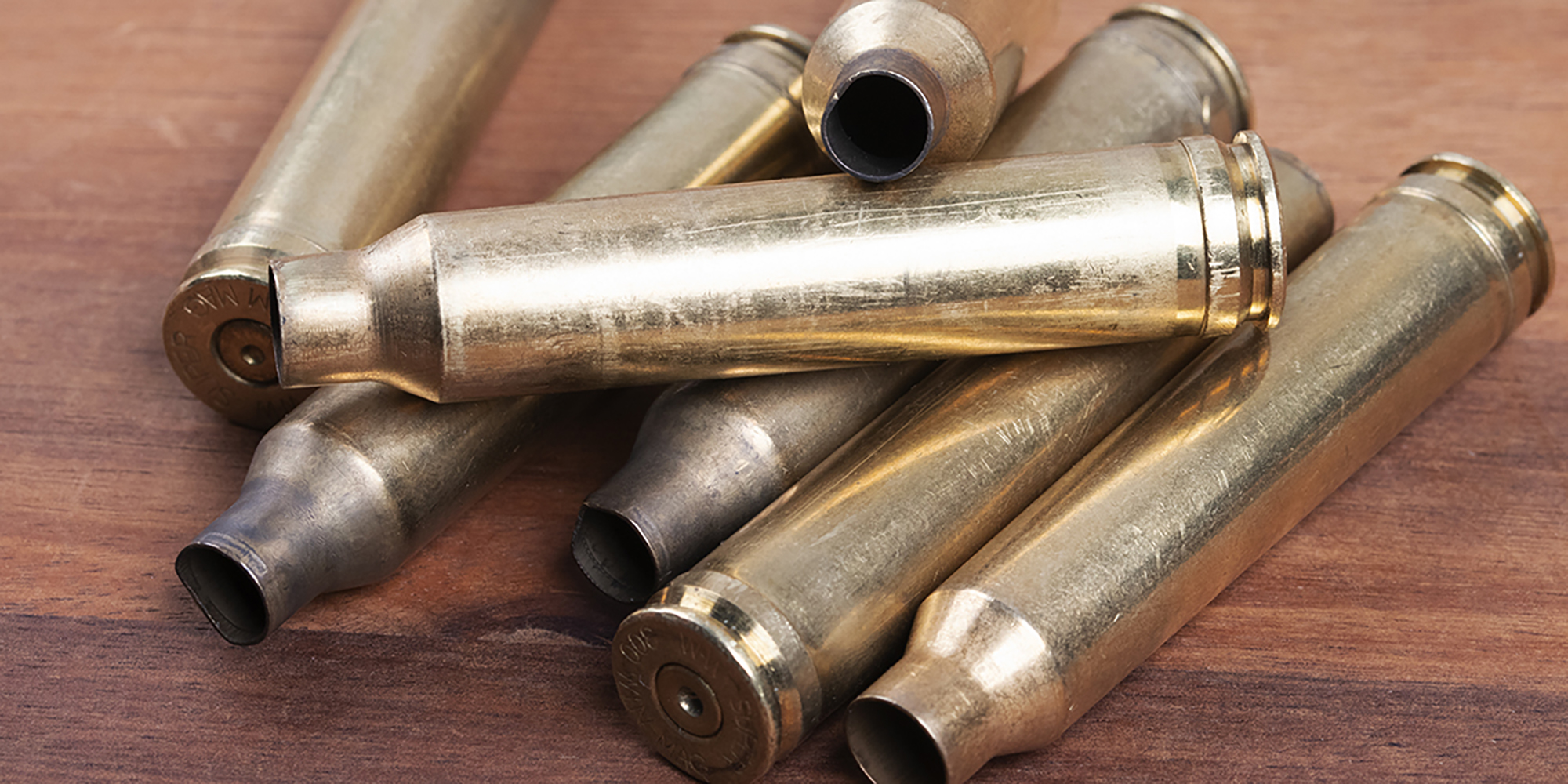
This is a common issue that occurs when handloaders make the assumption that full-length resizing creates rounds that are less accurate. Instead of investing in a neck sizing die, handloaders sometimes opt to ease off their full-length resizer.
Usually, this won’t be the end of the world. An oversized case shot from the same rifle won’t put the shooter in harm’s way. But, on certain occasions, it could result in an overpressurized chamber which can certainly harm both the shooter and the firearm itself.
Moral of the story: If you are looking to neck size cases, get a neck-sizing die. You can technically neck-size with a full-length sizing die, but it’s a dangerous practice that puts you at unnecessary risk. This is especially true with hunting rounds. If your case is incorrectly sized to the point where you can’t chamber it, you might end up missing out on a valuable prize.
Cracked Brass
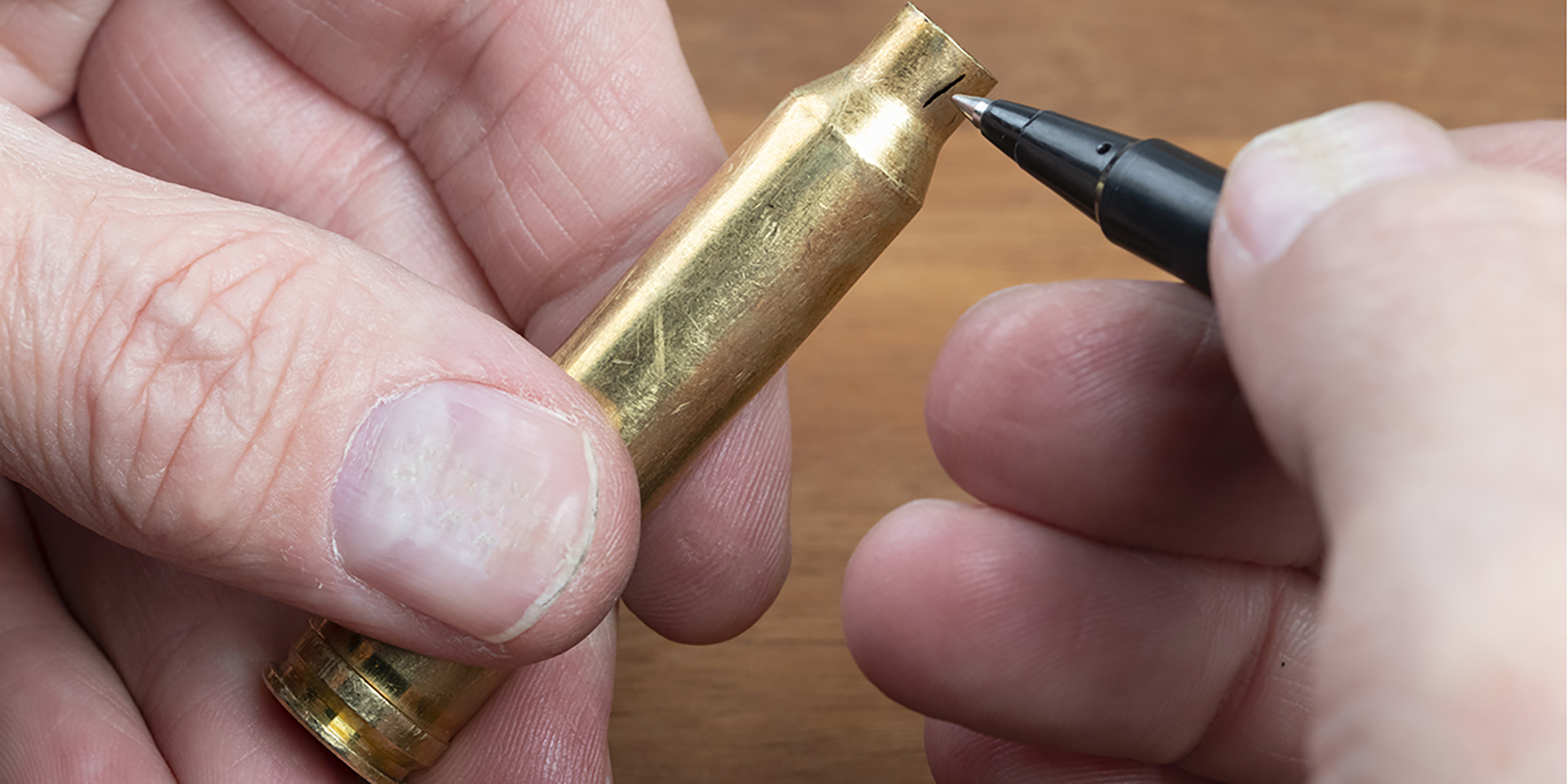
During the firing process, brass is impacted by a lot of force. It jostles about in the gun, which allows the case to seal the chamber and prevent combustion gases. As far as metals go, brass is particularly soft. All of the movement and force can cause brass to crack at frequent stress points. If brass is cracked, it won’t seal the chamber or even hold a bullet properly. If the brass is particularly fractured, it can separate in the chamber and leave a piece of the case stuck inside your firearm. In turn, this will prevent a new round from entering the chamber correctly. Be sure to inspect every piece of brass before reloading.
Thinned Cases
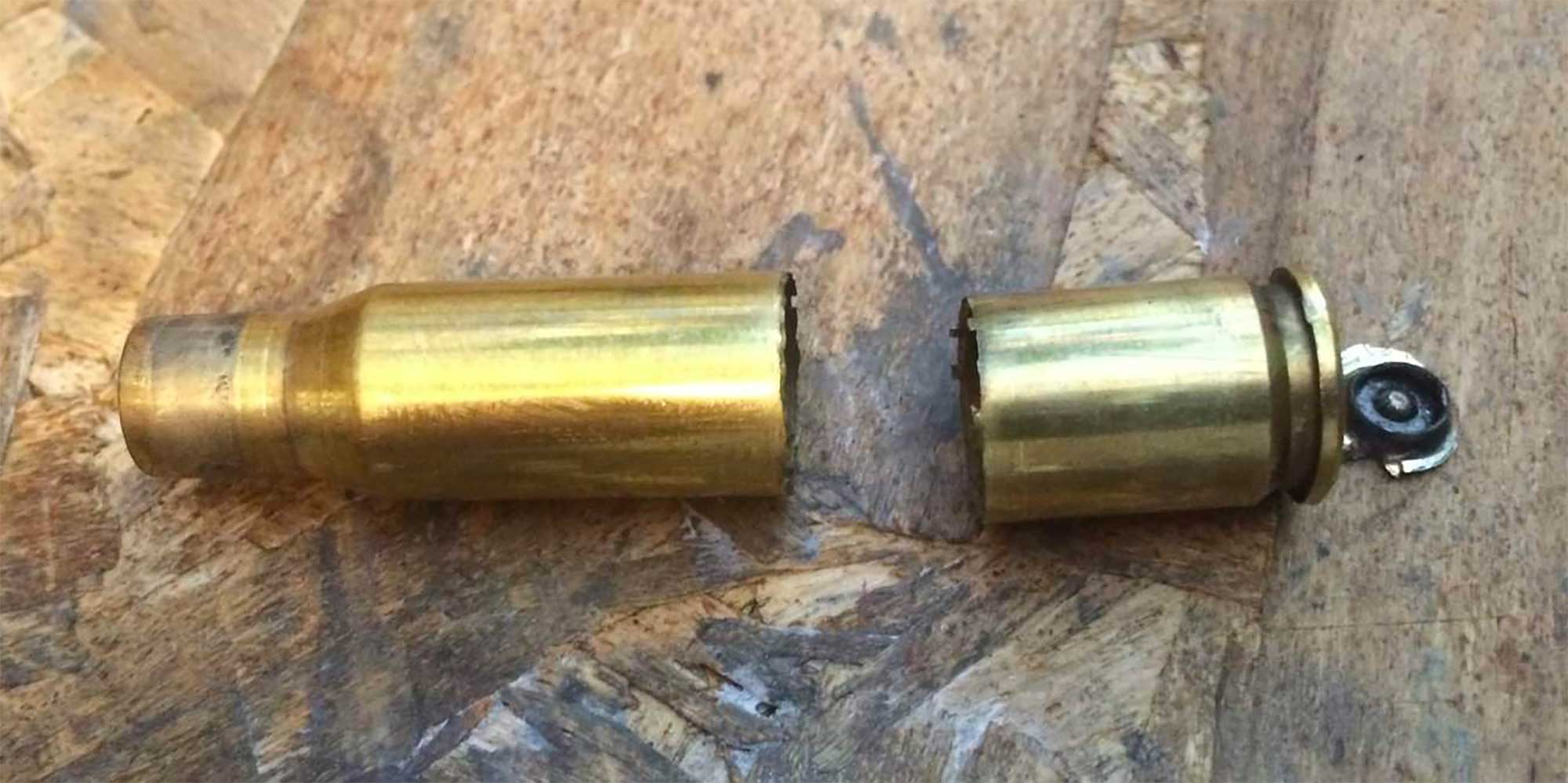
This is mostly in regard to bottleneck rifle cartridges. Some reloaders maintain thorough, meticulous records of each round that they load and shoot. This is a fantastic way to enrich the overall loading experience. Each time a round is fired, the case stretches slightly. The resizing die then lengthens the case, and the reloader then needs to trim that case to size. The result is that after several times through this process, a case may become dangerously thin. If these too-thin cases are loaded again, the result will likely be case separation, wherein a piece of the case is ejected while the other piece is stuck in the chamber.
Incorrect Primers
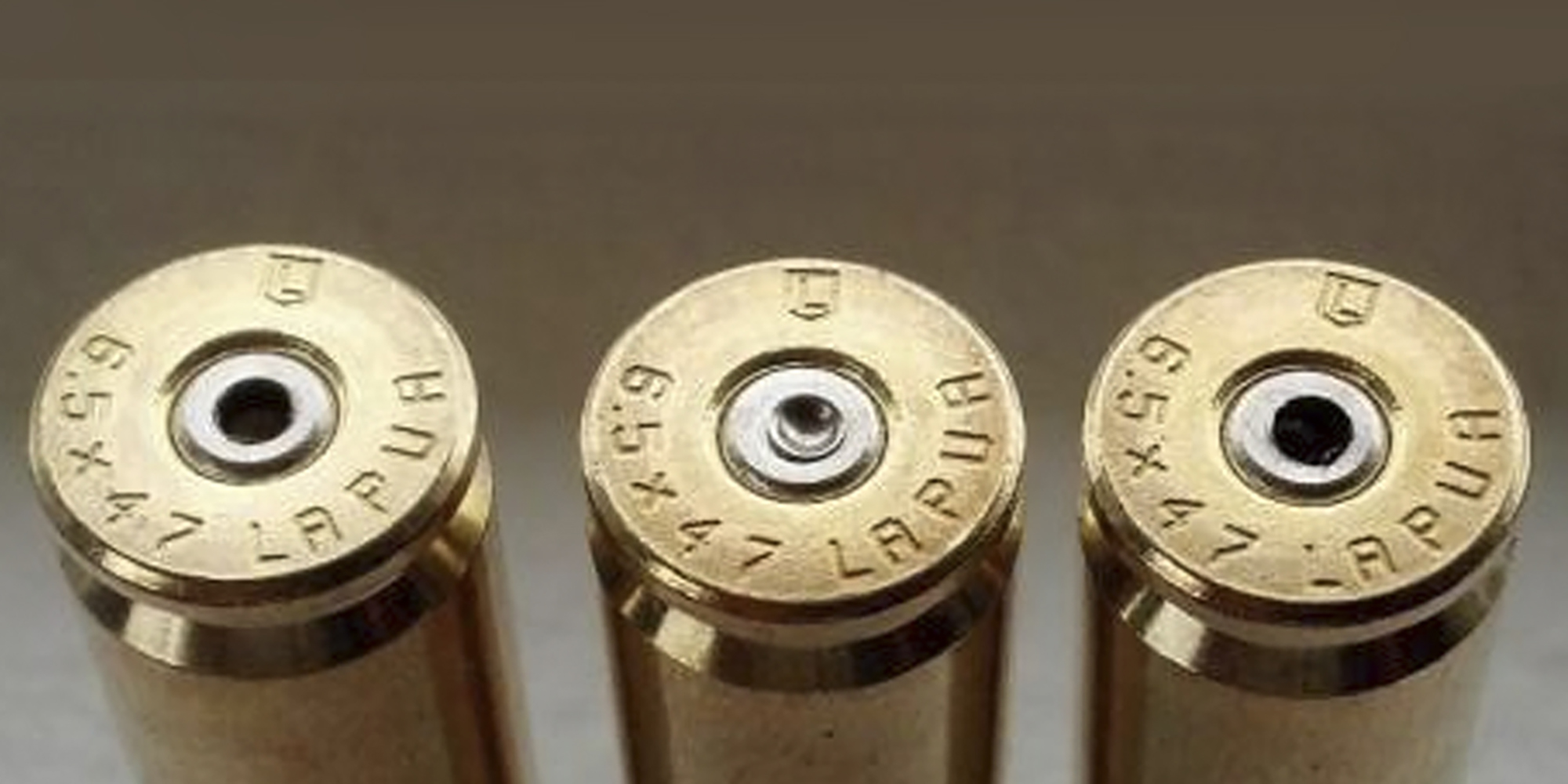
Not all primers are made equally. Some reloaders might make the mistake of thinking as long as a primer fits into the primer pocket, it’s perfectly fine to use. This will result in inaccurate and low-quality handloads. In the worst-case scenario, you might find damage to your firearm or your body parts.
Primers are available in small and large sizes. Small primers are identical in external dimensions, whether they are built for use with rifles or pistols. They typically measure about .175” in diameter and .120” tall. However, rifle primers feature thicker cups. This means that if you use a rifle primer in a handgun, the striking force of the firing pin may not be enough to ignite the primer. Even some heavy handgun cartridges use small rifle primers. The smaller surface area of the primer ensures less back pressure -- some of these cartridges can create high enough pressure to back out even a large primer.
Large primers, on the other hand, differ slightly in terms of dimensions between pistol and rifle options. Large pistol primers are usually .211” wide and .120” high. Meanwhile, larger rifle primers measure .212” across and .128” tall. Although these differences might seem negligible, it’s important to be as accurate as possible during all parts of the reloading process.
Further, standard and magnum primers have a difference in their respective brisance (a measure of how much fire is produced). Some handloaders may assume that because magnum primer is hotter, it must be better. In reality, some slow-burning powders actually work better with standard primers.
Your load manual will specify which primer to use on a given load.
Incorrectly Seated Bullets
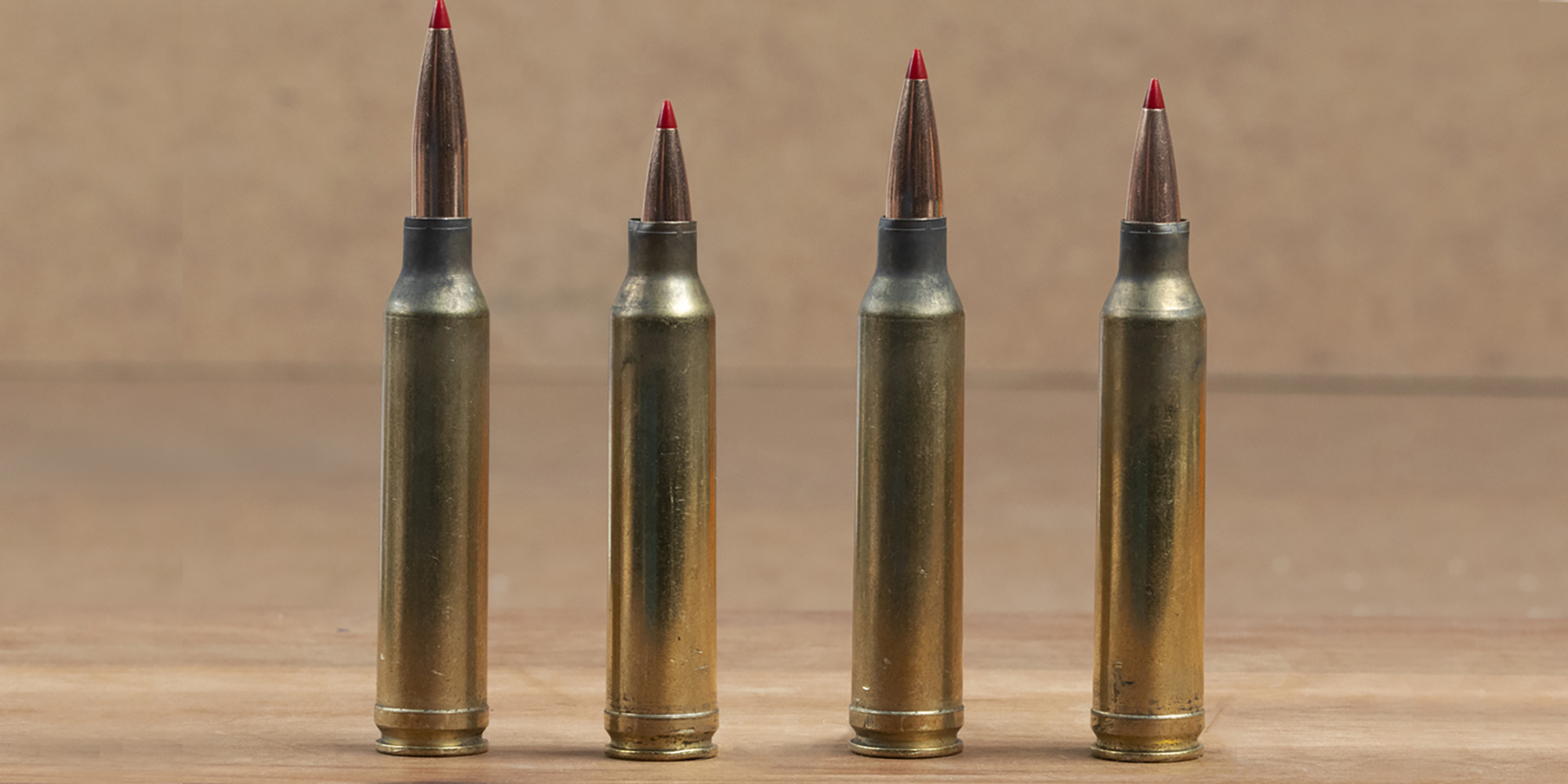
Most novice handloaders are surprised to learn that any small variances in bullet seating depth can affect accuracy and consistency even more than the measure of a powder charge. In structured tests, powder charges can safely vary up to 2 grains (plus or minus) with almost no effect on overall target accuracy. Meanwhile, changing the bullet seating can drastically impact a resulting target group.
Proper bullet seating depth can vary depending on your application and the round itself. That being said, it’s critical that your bullets are seated consistently at whatever depth is ideal for your purpose.
Dirty Reload Dies
This is a bad habit that can be found even amongst veteran reloaders. Although most firearms enthusiasts understand the importance of a clean gun, the reloading dies can often go overlooked. The lubricant used in sizing dies can collect grit, congealing into a near-solid mass that can absolutely ruin any rounds that go through it. Issues caused by dirty dies can be anything from dimensional variance to outright corrosion. Be sure to use a solvent or patch to regularly clean the die. It’s a quick process that is sure to prevent issues throughout the lifespan of your equipment.
Powder Storage
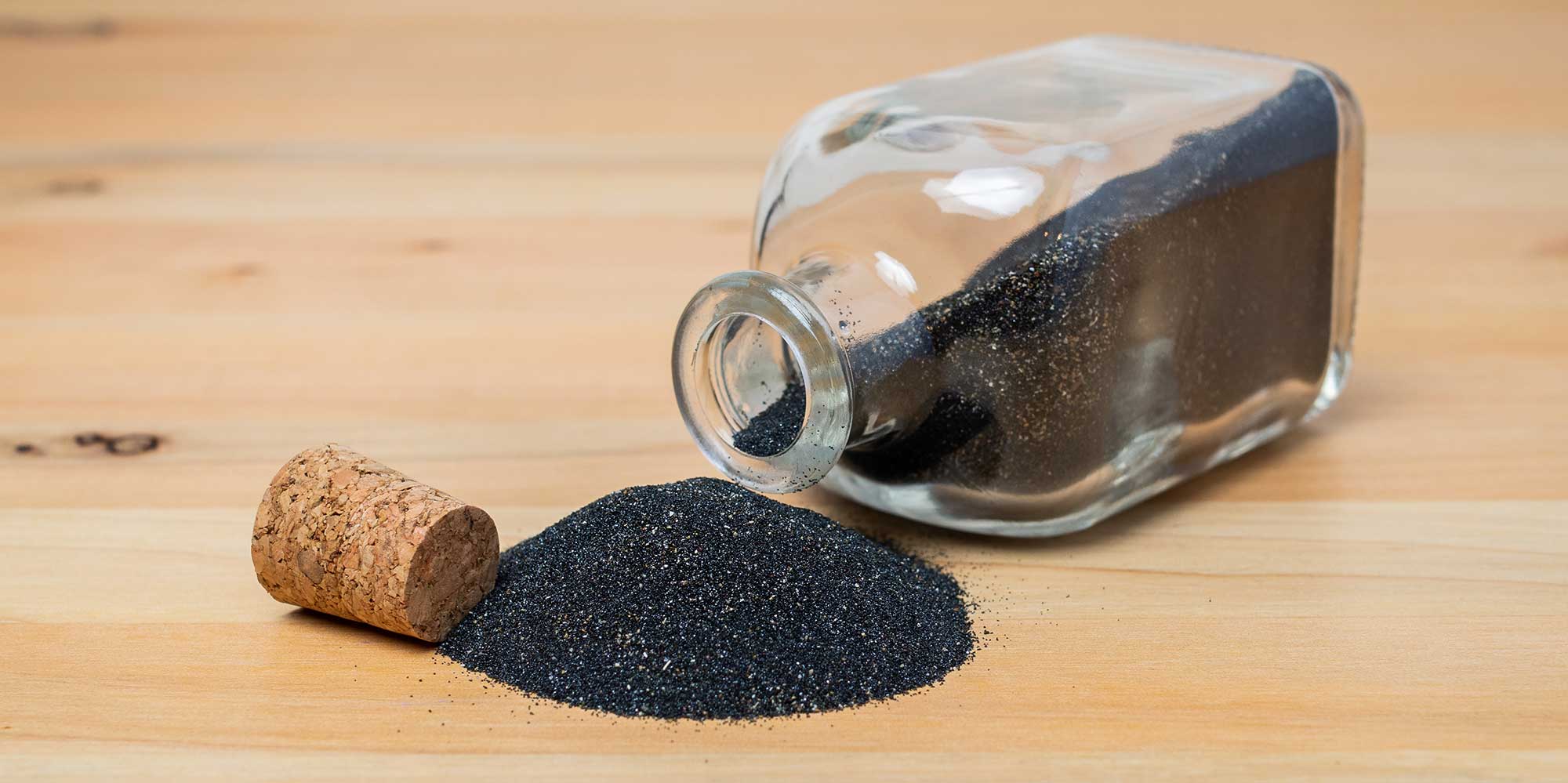
Organization is key when properly reloading. For the sake of safety, be sure to keep all of your powders in their original factory container. This will prevent mix-ups and mistaken use of powder, both of which could result in absolutely catastrophic damage to your property or your body.
It may also be tempting to simply store powder in your powder measure. Double-based powders typically contain a percentage of nitroglycerin. Powder measures are made with plastic hoppers. Nitroglycerin can react with plastic hoppers and cause significant amounts of decay. Decayed powder should not be loaded into a round under any circumstances. You can tell a reaction has occurred if your hopper appears cloudy.